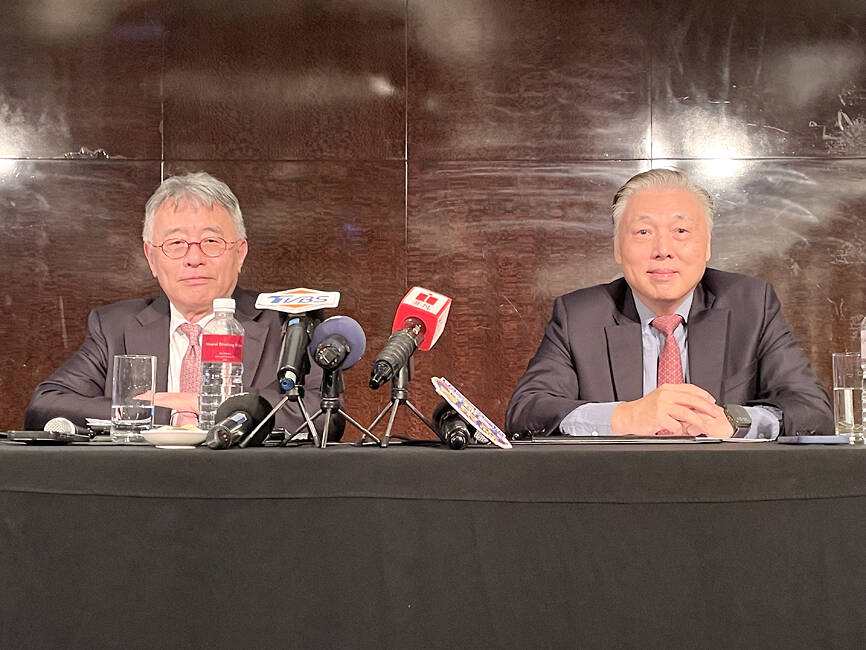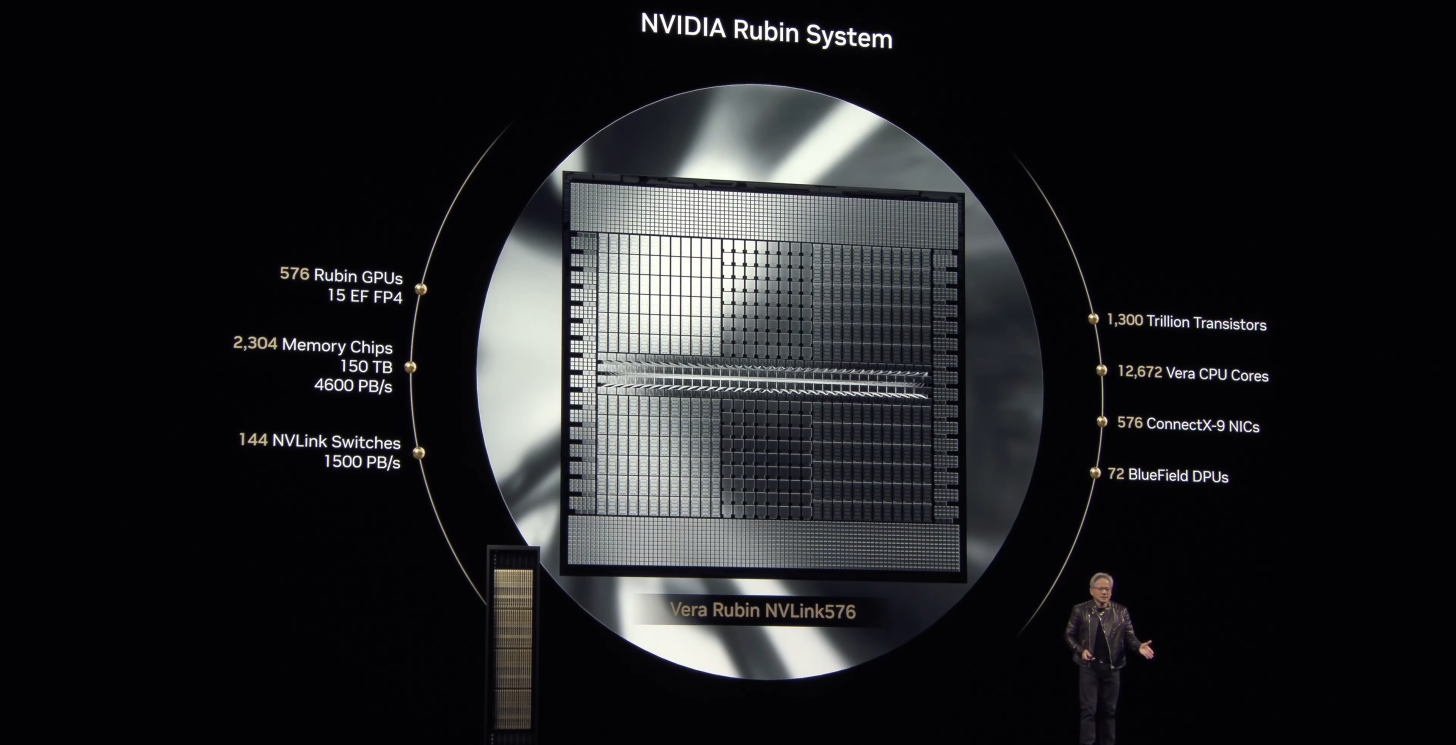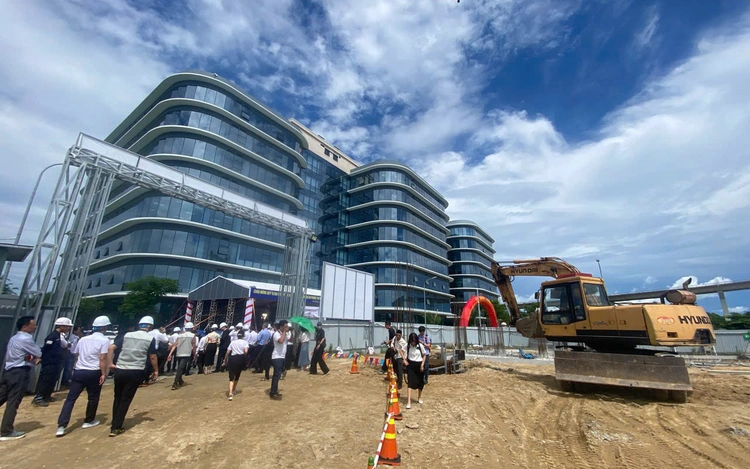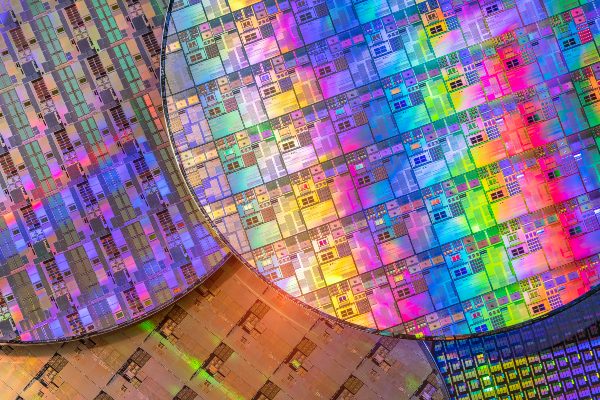Intel Unveils Major Restructuring: 21,000 Layoffs and a Shift in Foundry, AI, and CPU Strategy
Jul 25,2025
Santa Clara, CA – July 25, 2025 – Intel CEO Lip-Bu Tan has announced one of the company’s most sweeping transformations in decades, including the layoff of 21,000 employees—a reduction of over 25% of its global workforce. The headcount is expected to drop from 96,000 in June to approximately 75,000 by the end of the year.
In an internal memo, Tan outlined a bold three-pronged strategy focused on:
1.Transforming Intel into a financially disciplined foundry
2.Revitalizing the x86 CPU ecosystem
3.Refining the company’s AI roadmap
The restructuring comes alongside Intel’s Q2 2025 earnings report, which showed revenue of $12.9 billion—slightly above expectations—but a $2.9 billion net loss. Investors have pushed for concrete cost-control measures, and Tan’s aggressive plan appears to be a direct response.
Fab Cuts, Capacity Consolidation & R&D Freeze
Intel will cancel chip fabrication projects in Germany and Poland, citing overcapacity and poor prior investment alignment. Operations in Costa Rica will be consolidated into facilities in Vietnam and Malaysia, while construction of the Ohio fab will be slowed dramatically. All new capacity investments will now require verified customer demand.
Tan was frank in his assessment of prior foundry efforts:“Intel overbuilt too early. Going forward, every node and fab investment will be tied to real customers.”
The Intel 14A process node will only proceed if external customers commit to significant volume. Meanwhile, Intel will continue investing in its 18A node, aiming to ramp up production for internal products and U.S. government contracts to attract future foundry clients.
A New Direction for AI and CPUs
In the client computing space, Intel will launch the Panther Lake CPU—its first 18A-based processor—by year-end. Development of Nova Lake will continue as part of a broader effort to close performance gaps in high-end desktop systems.
In the data center market, Intel plans to reintroduce Simultaneous Multithreading (SMT) and appoint a new business unit leader within the quarter. All next-generation CPUs will be built under a new philosophy focused on architectural simplicity, cost optimization, and SKU rationalization.
Intel is also pivoting its AI chip strategy, moving beyond training accelerators toward a holistic approach that integrates inference chips, software frameworks, and AI agents. Reverse-engineering future workloads will inform both hardware and software development to better meet next-gen computing demands.
“We had tunnel vision around training silicon. Now, our AI strategy will be system-level, use-case-driven, and software-first,” Tan noted.
A Hard Reset for Intel’s Future
Intel has already cut 50% of its management layers during Q2 and plans further reductions as part of its return-to-office initiative beginning in September. Industry observers say the deepest cuts are expected in regions tied to underperforming or discontinued investments, including Germany, Poland, and Costa Rica.
Despite back-to-back quarterly losses, Intel stock has risen over 8% year-to-date, reflecting cautious optimism about Tan’s turnaround roadmap. Analysts view the restructuring as a make-or-break moment in Intel’s effort to remain competitive in a fast-evolving semiconductor landscape dominated by AI, custom silicon, and cost-effective manufacturing.
“This transformation is painful but necessary,” Tan emphasized. “We’re building an Intel that’s leaner, more focused, and committed to long-term shareholder value.”








